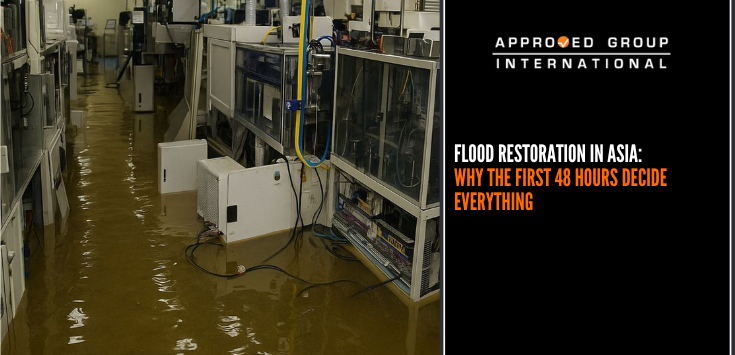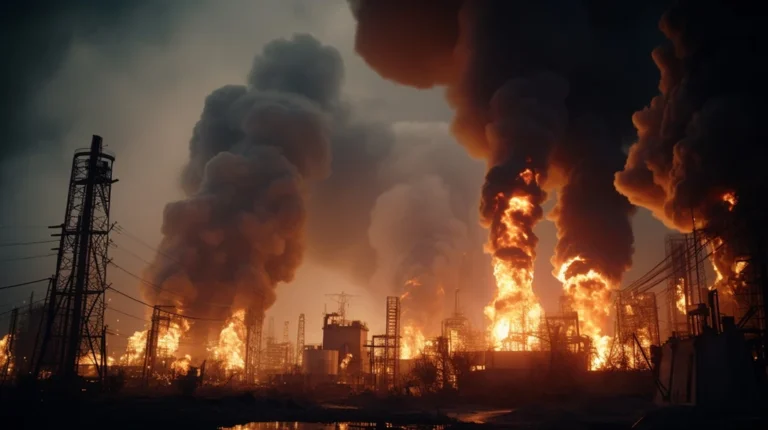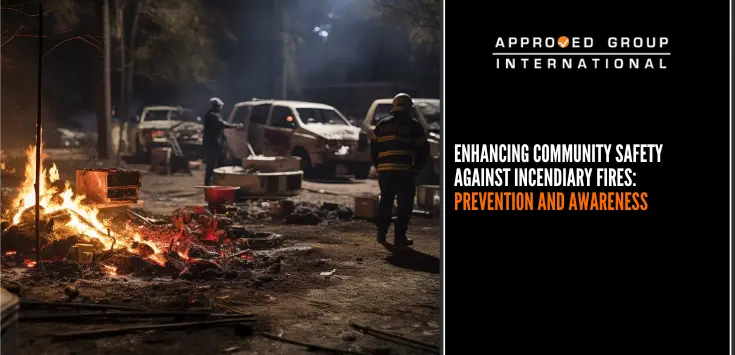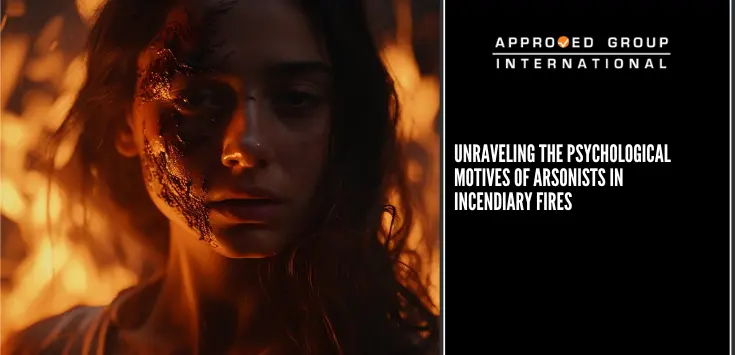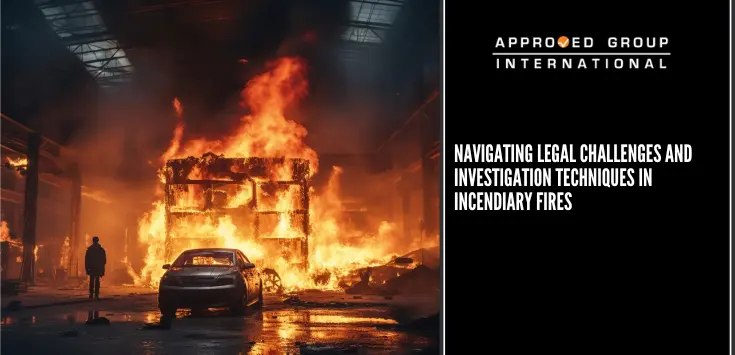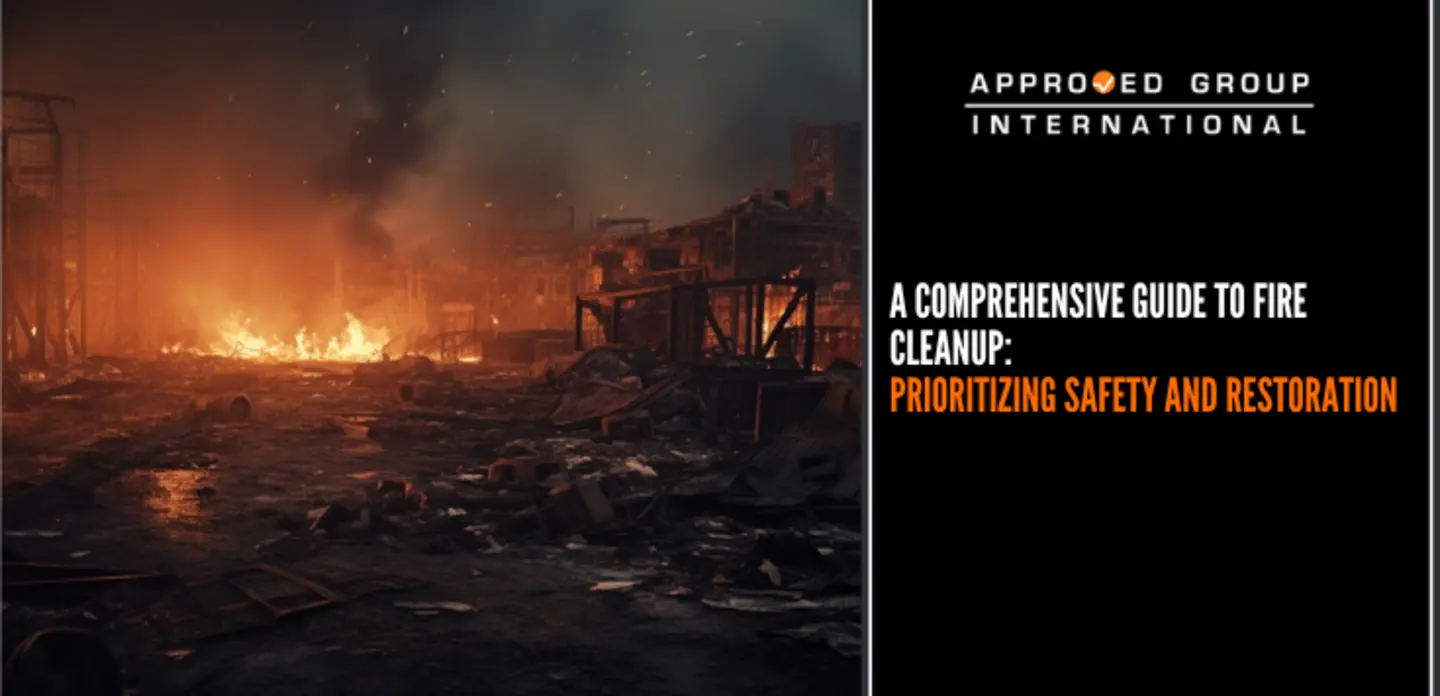Approved Forensics Sdn Bhd (AFSB)’s Team received an assignment to investigate the origin of a fire involving 2 adjoining restaurants. Besides the cause fire, the client needed to conclusively ascertain the origin of the fire to establish liability. The two (2) restaurants are designated as Restaurant A and B throughout the context below.

Upon arrival at site, the Team faced a challenge to carry out the re-enactment of the circumstances due to the on-going demolishing and reconstructing works. The Team immediately documented the scene before more works were conducted. With keen observation and information acquired from various parties, the Team’s analysis and interpretation of the extent of fire damage to both restaurants, the Team established that one of the restaurants sustained more prominent elevated fire damage and the fire was determined to have originated from Restaurant A.

Based on the extent of fire damage at the exhaust ducting system and its surrounding, the area of origin was then further narrowed down to be within the exhaust duct near to an open type barbecue pit at Restaurant A (refer to Figure 3-6).




Based on the scientific interpretation of the fire damage and pinpointing of the possible ignition sources, the Team concluded that the fire to have caused by the autoignition of the creosote accumulated within the exhaust duct at the area of fire origin. The autoignition had occurred due to cooking activities and/or self-oxidation of the creosote.
- A The exhaust hood(s) and duct(s) should be cleaned by professional service provider at least twice a year, or more often cleaning for restaurant that conduct extensive frying and/or charbroiling. The details of the cleaning should be logged and marked for notification of upcoming service.
- B The surface areas of the hood(s) should be cleaned regularly and thoroughly to reduce on accumulation of grease.
- C The configuration of the additional/modified exhaust system to be reviewed by professional affiliation(s) to mitigate possible fire hazard.


